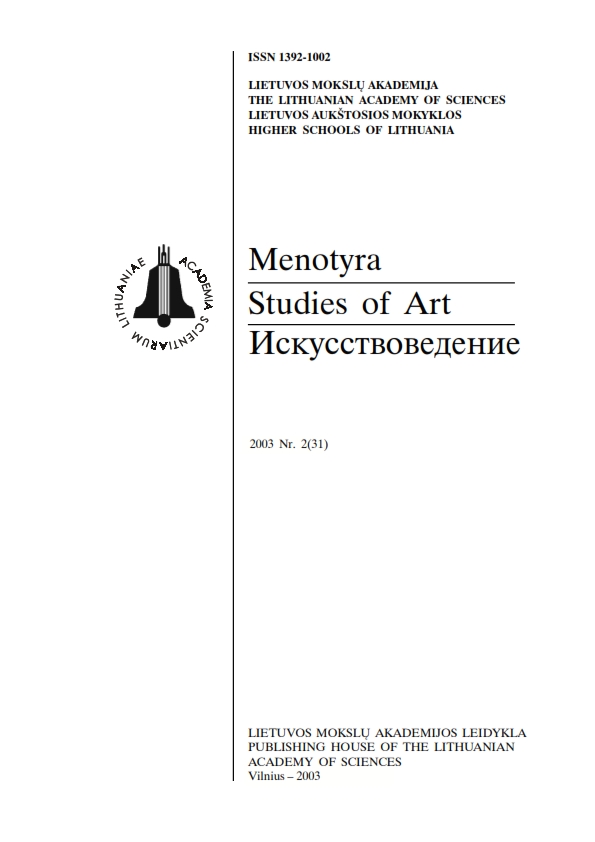Kodėl moterys privalo būti gražios? Moteriškumo sampratos kaitos atspindžiai Lietuvos tarpukario spaudoje
Why women must be pretty? Reflections of transformation of femininity conceptions in the interwar Lithuanian press
Author(s): Kristina LotužytėSubject(s): Gender Studies, Cultural history, Media studies
Published by: Lietuvos mokslų akademijos leidykla
Summary/Abstract: In interwar Lithuania, the rising urban middle class was actively searching for a basis for self-identification. The modern standard of feminine beauty came to be one of these. Its construction is reflected in the periodical publications established in the late 1920s and oriented towards the social class under analysis.The outward appearance of a woman indicated the social status of a group represented by her, therefore it had to match certain conventional models. The standard of feminine beauty adopted by the urban middle class was changing in parallel with Western fashion tendencies, but simultaneously it developed some peculiar features. The perpetual balancing between the own, national things and those borrowed yet modern manifested itself in the competition among two standards of beauty - natural and modern. The first one was represented by a blond long-haired Lithuanian girl celebrated in Maironis' poems and the symbol of the latter was a lady from Kaunas spruced up in accordance with the latest fashion trends from Paris.During the whole period of independence, the standard of natural beauty has retained, at least formally, an unquestionably high position in the national system of values, although columns on housekeeping hints in the periodicals show that city dwellers tended to follow the Western standards. Nevertheless, urban society held the view that natural beauty was indispensable to country-women and that the chase of fashion was alien to their nature. The so-called modernism of country girls was viewed as an open sore threatening the roots of nationality. At the same time, a modern city woman was normally treated as a symbol of the progress of society. Such double-standards demonstrate the endeavours of the urban middle class to delineate its territory in Lithuanian society. On the other hand, the fostering of the national ideal of natural beauty, though frequently formal, witnesses the striving of the urban middle class to identify itself as a national group by means of contrasting itself to national minority groups of similar status, which frequently were more advanced in cultural and economic terms.
Journal: Menotyra
- Issue Year: 2003
- Issue No: 2(31)
- Page Range: 61-66
- Page Count: 6
- Language: Lithuanian

